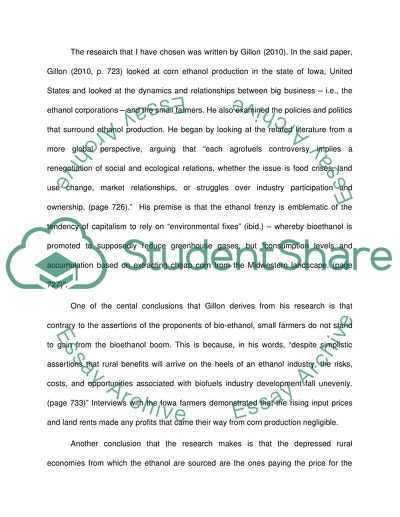Cite this document
(“Corn production Essay Example | Topics and Well Written Essays - 1500 words”, n.d.)
Retrieved de https://studentshare.org/marketing/1392733-case-study
Retrieved de https://studentshare.org/marketing/1392733-case-study
(Corn Production Essay Example | Topics and Well Written Essays - 1500 Words)
https://studentshare.org/marketing/1392733-case-study.
https://studentshare.org/marketing/1392733-case-study.
“Corn Production Essay Example | Topics and Well Written Essays - 1500 Words”, n.d. https://studentshare.org/marketing/1392733-case-study.


